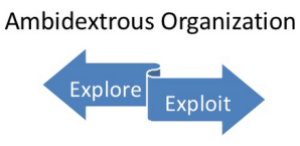How do we set about and measure the impact of something or somebody? Impressions do matter, snap judgements can shape and influence so much that you can actually spend your precious time simply defending and justifying something or someone.
This applies to a new product as much as it applies to ourselves and how we engage across society, organizations or in our teams. We actually have a set of daily impact points and we need to think about these, it can be positive and impressive, or it can be inappropriate and judged as weak. They can be proactive or just ‘set’ constantly in reactive mode.
Having a clear understanding of the different impact points can help you and those around you have a better meaning in helping to shape events and the future contributions that can make a positive difference and give you a greater sense of satisfaction.
How do we shift from that often subjective view to a more balanced one? Continue reading “Making the appropriate impact”


